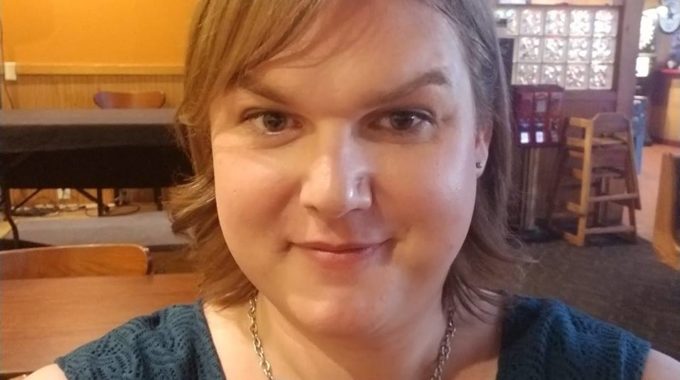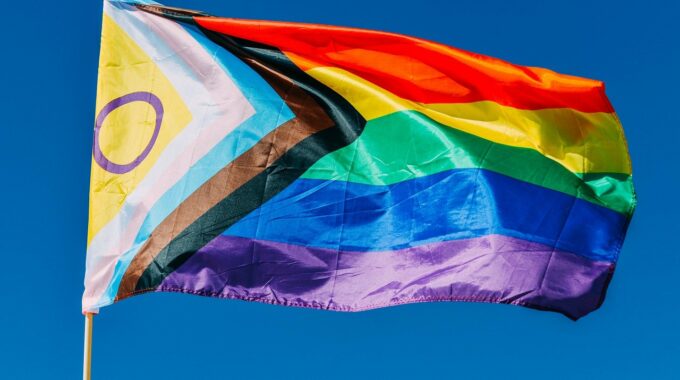Discover how data can help small businesses identify and address employee retention issues by providing deep insights into workplace dynamics.

What pronoun should I use?
By Chris Jones
The world of diversity and inclusion can be fluid and sometimes the nomenclature can be tricky. As a child of the 70s in Minnesota, I grew up calling Native Americans “Indians”. Most today prefer to be called by their tribal name, although it is best to ask. Another colleague of mine has two children one of whom identifies as “white” and the other as “Hispanic”. My brother (Swedish heritage) married a woman from Tokyo (Japanese). Their three children refer to themselves as “Swedenese”.
How you refer to people, and the pronouns to use, depends upon the individual’s preference.
Transgender Example
Recently, a colleague scheduled a phone call to have a discussion. Although we were working on a project together, we were all caught up on the details, so I was uncertain about the topic. It turns out that the colleague was about to transition from male to female and wanted to be upfront about it. “I am transgender.” Because Spectra Diversity is a D&I organization, we were the first phone call. I asked if she would be comfortable with a few questions.
“Sure.”
My questions:
“I haven’t noticed any voice change. Have you just started the process?” (Hormone therapy only so far.)
“Have you decided on a new name?” (Yes)
“When should I start using it?” (Now)
“If I introduce you to a new client, what pronoun should I use?” (She)
“Are you OK with me asking you these questions?” (Yes)
“Can I tell my other Spectra Partners?” (Yes)
Because we were familiar with each other we also talked about her two young children and her marriage. Did you know that there are transgender children’s books? Did you know that there are support groups for transgender couples who choose to remain married? I didn’t.
During the following weeks I slipped up once or twice and misgendered her, but over time the pronoun has stuck, and it is now second nature. We talk every now about the transition progress and I get photo updates. (You go girl!)
Ojibwe Example
Here’s another example… A friend of mine is a well-known author. William Kent Krueger writes the Cork O’Connor series of mystery books set in northern Minnesota. The main character is half Irish and half Ojibwe. He speaks the Ojibwe language, Anishinaabe. When Kent autographs my books, it is frequently an Anishinaabe phrase. The last one was “BoozHoo Chris”, meaning hello Chris.
I asked Kent how he, a white kid from Oregon, was able to write so authentically (in my view) about the Ojibwe. I asked him what tribal people think about his books. He shared his process with me.
- Read the history, and the current events. Read fiction and non-fiction. Learn as much as you can. Kent loves libraries.
- First person research. Meet people. Go to the places where the “other” people hang out. Converse. Observe.
- Check your new learning. Ask questions. If you’re writing something, ask for a review before publishing. If you’re speaking, check for understanding. “Did I say that correctly?” “Is that how you’d describe it?”
- Make new friends. You’re familiar with a new world – add a few friends to your Facebook, LinkedIn or dinner party list. Kent has made several good friends during his writing process.
Gender Terms and Pronouns
My transgender colleague and I didn’t follow that exact process. I did steps #1 and #2 after venturing out into step #3. Here are some terms which may be helpful to you.
- Gender dysphoria: The condition of feeling one’s emotional and psychological identity as male or female to be opposite to one’s biological sex.
- Transgender: A person with gender dysphoria who is transitioning to the sex with which they identify.
- Transsexual: An individual who seeks, or has undergone, a social transition from male to female or female to male. In many, but not all, cases this also involves a physical transition through cross-sex hormone treatment and genital surgery (sex reassignment surgery).
- Cisgender: Individuals whose gender identity or expression aligns with the sex assigned to them at birth.
- Gender neutral terms:
- They/them/theirs (Cal ate their food because they were hungry.) This can be used in the singular. In fact, “they” was voted as the Word of the Year in 2015.
- Ze/hir/hir (Schuyler ate hir food because ze was hungry.) Ze is pronounced like “zee” can also be spelled zie or xe and replaces she/he/they. Hir is pronounced like “here” and replaces her/hers/him/his/they/theirs.
- Just my name please! (Chris ate Chris’ food because Chris was hungry) Some people prefer not to use pronouns at all, using their name as a pronoun instead.
- Gay: A sexual orientation that describes a person who is emotionally or sexually attracted to people of their own gender; commonly used to describe men.
- Lesbian: A woman who is emotionally or sexually attracted to other women.
- Bisexual: A person who is emotionally or sexually attracted to more than one sex or gender.
- Pansexual: A person who can be attracted to all different kinds of people, regardless of their biological sex or gender identity.
- Q: The Q in LGBTQ has been referred to as both Queer (umbrella term for all sexual preference categories) and as Questioning (people who are unsure where they may fit or are beginning a transition).
- Intersex: Born with sex characteristics such as genitals or chromosomes that do not fit the typical definitions of male or female. About 1.7% of the population is intersex, according to the United Nations.
So what pronoun should you use? The simplest solution is to just ask.



